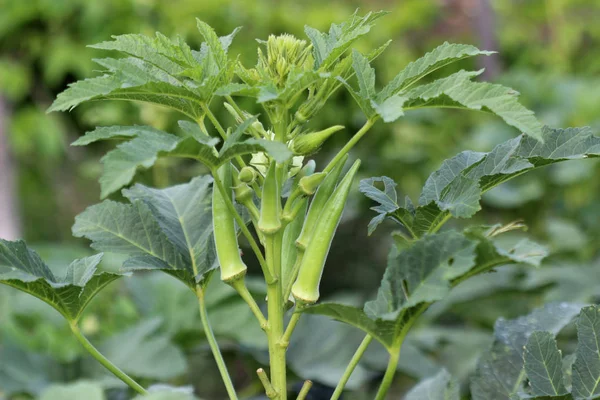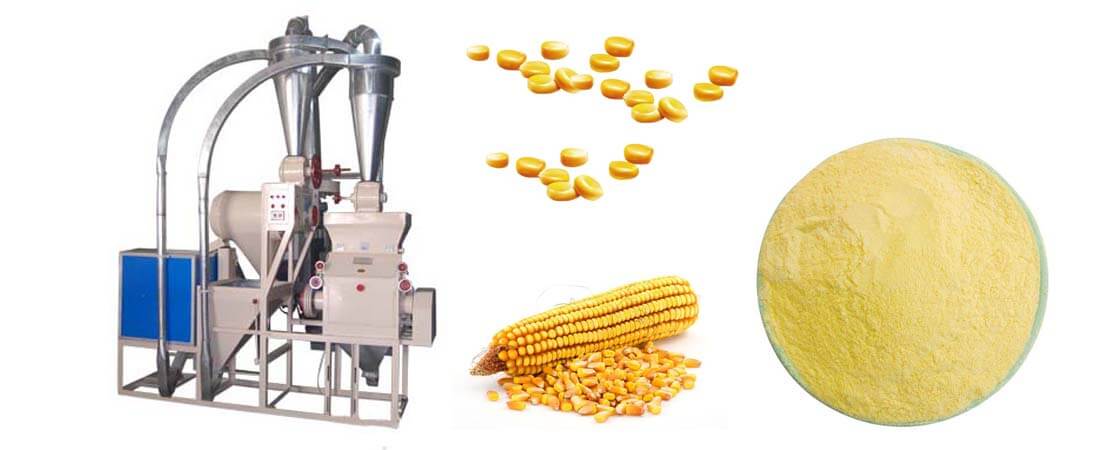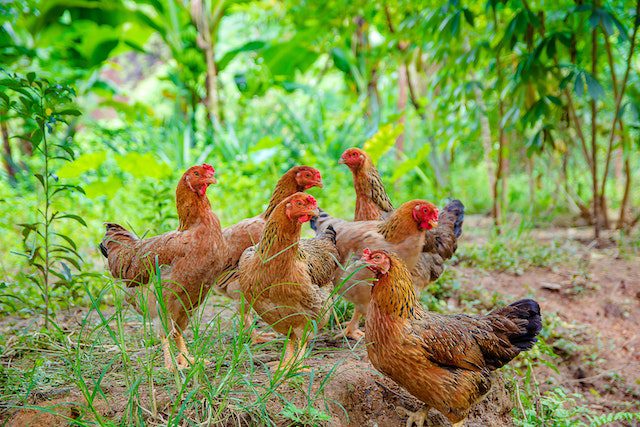Are you wondering if okra farming will make you money? This post will provide the profits and costs of okra cultivation for export and local sales.
Okra, often referred to as ladyfingers, is a highly significant and profitable vegetable crop cultivated in tropical and subtropical areas worldwide. It is a member of the Malvaceae family and genus Abelmoschus. Okra fruits are distinguished by their slimy texture and rich fluid that is used to thicken recipes.
Okra is a lucrative agricultural endeavor in Kenya as it is a high-value, fast-maturing crop that takes anywhere from 30 to 60 days to mature, depending on the species and growth environment. For Kenyan farmers, the growing market for nutrient-dense crops, including okra, offers a substantial financial opportunity.
Related: How to Cook Okra Best: 8 Recipes Comprehensive Guide
What are Benefits of Growing and Using okra?
Okra is a sought-after nutrient-dense crop that has several health advantages, including decreasing blood sugar, reducing susceptibility to cardiovascular and cancer diseases, and preventing diabetes and obesity. Alternative medicine professionals emphasize the benefits of okra’s high fiber content in preventing and treating constipation due to its capacity to absorb water and bulk up the stool.
Sexual Benefits: Okra water is a nutrient-rich beverage renowned for its sexual health benefits, including its potential to enhance libido and elevate sexual satisfaction for both men and women.
Where to Grow okra in Kenya?
Optimal ecological conditions play a pivotal role in successful okra cultivation, influencing plant growth, yield, and overall crop quality. Below are the environmental requirements for okra cultivation:
- Temperature: Okra requires a temperature range of 25-32°C for optimal growth.
- Rainfall: Okra grows best in regions that receive at least 500 mm of rain annually.
- Soil Properties: Well-drained loam soil with a pH range of 6.0-7.0 is suitable.
- Sunlight: Okra needs full sun, with at least six hours of unobstructed sunshine daily.
- Humidity: High humidity (60%-80%) is essential for optimum development.
While okra is especially popular in semi-arid regions of Kenya such as coastal region, Eastern, Western and Rift Valley regions, it can also be grown in other regions provided the soil is well-drained and the plants receive enough water and sunlight. Some counties you can grow Okra in Kenya are Kwale, Kilifi, Tana River, Kitui etc.
Land preparation
Before planting okra, prepare the land by clearing weeds and debris. Cultivate the soil twice to increase ground temperature and promote seedling growth.
Till the soil to a depth of 12-15 inches to loosen and aerate it. Add organic matter like compost or manure to improve soil fertility and structure. Level the land to ensure even water distribution. Finally, create raised beds or ridges to improve drainage and promote healthy root growth. This preparation will help okra plants grow strong and healthy.
Okra Seed Selection
Selecting the right seeds are pivotal aspects in the cultivation of okra in Kenya.
It is crucial to opt for top-notch seeds that align with the specific local climate and soil conditions. Besides, the best seeds are disease and pest-free. In Kenya, agricultural stores and seed companies offer a wide range of okra seeds.
Below is a list of the best Okra seed varieties in Kenya.
- Clemson Spineless: This is one of the most popular okra varieties in Kenya. It has a high yield and produces tender, spineless pods that are about 4-5 inches long.
- Burgundy: This variety has deep burgundy pods that are about 4-5 inches long. It is popular for its ornamental value as well as its delicious flavor.
- Lee: This variety produces slender, tender pods that are about 5-6 inches long. It is a good choice for home gardeners as it is easy to grow and has a high yield.
- Louisiana Green Velvet: This variety produces dark green pods that are about 5-6 inches long. It is popular for its smooth texture and rich flavor.
- Emerald: This variety produces bright green pods that are about 6-7 inches long. It is known for its high yield and excellent flavor.
- Jambalaya: This variety is known for its high yield and is often grown by commercial farmers.
- Star of David: This variety is known for its high yield and is often grown by commercial farmers.
Related: How to Prepare Okra Water- Best Recipe
| Variety | Pod Length (cm) | Maturity Period (days) |
| Clemson Spineless | 15-18 | 60-70 |
| Burgundy | 15-18 | 60-70 |
| Lee | 15-18 | 60-70 |
| Louisiana Green Velvet | 15-18 | 60-70 |
| Emerald | 17-22 | 50-60 |
| Jambalaya | 15-18 | 60-70 |
| Star of David | 15-18 | 60-70 |
| Indiana | 12-16 | 45-55 |
| Locals | 15-20 | 90-120 |
| Mexicana | 16-20 | 50-55 |
| Pop 12 | 16-20 | 50-60 |
| Puso | 12-16 | 50-60 |
| Pusa Sawani | 18-20 | 45-55 |
| Anokhee F1 | 17-20 | 50 |
| White Velvet | 15-18 | 50-60 |
| Dwarf Long Pod Green | 18-20 | 50-60 |
Okra Planting Techniques
By adhering to proper planting techniques, one can ensure the development of sturdy and thriving okra plants. With diligent care and upkeep, okra has the potential to yield abundantly, offering a dependable revenue source for small-scale farmers in Kenya.
Typically, okra seeds are sown directly into the field, and it’s recommended to plant them in rows, spacing each row 60cm apart and each plant 30-45cm apart. Thin out diseased and weak seedlings when they grow 2-3 true leaves.
In seedling ranging, sow your seeds in a nursery bed with fully mixed mature soil and fertilizer, maintaining soil moisture at about 50%. Transplant the strongest seedlings, leaving about 10cm between plants.
Consider soaking the seeds in clean water for around 24 hours. Placing the seeds in a warm place with an ambient temperature of 25°C-30°C to accelerate germination
Fertilizer and Water Management
Okra fertilizer and water management involves several key steps to ensure optimal growth and yield. Here are the key points:
Fertilizer Application:
- Apply a basal dressing of 750kg-900kg/ha of compoded manuere before planting.
- Top dress with 200kg of Ammonium Nitrate split into 4 applications at weeks 2, 4, 6, and 8.
- Apply composite manure at 40,000kg/ha.
- Apply NPK: 15-15-15 at 20g per plant one week after germination and again as top dressing when the first flower appears.
Water Management:
- Use any method of irrigation that does not wet the foliage to reduce disease pressure.
- Maintain soil moisture at about 50% during the nursery stage.
- Use manual sprinkler irrigation in the morning and evening within 20 days after sowing, then switch to mechanical sprinkler irrigation or furrow irrigation.
- Water before 9 am and after sunset during the harvesting period to avoid high temperature damage to the roots
Pest and Disease Management
Pest and disease management is a crucial aspect of okra farming, as it helps to ensure optimal growth and yield by controlling the spread of diseases and pests that can significantly reduce crop quality and productivity
Pests that Affect Okra and Tips for Management
- Whiteflies: Whiteflies, diminutive sap-sucking pests, pose a significant risk to okra plants, capable of inflicting substantial damage.
To address whitefly infestations, consider utilizing neem oil or a soap solution on your plants.
- Shoot and fruit borer: The insect larvae burrow into the shoots during the plant’s early growth stages, damaging the nodes and causing the shoots to droop.
To combat shoot and fruit borer, consider utilizing Bacillus thuringiensis (BT) or administering a neem oil solution to okra crop.
- Aphids: Aphids frequently infest okra plants, leading to inhibited growth and deformed foliage.
To address aphid infestations, consider applying neem oil or a soap-based solution to your plants.
Okra Diseases and Strategies to Minimize Damage
- Powdery mildew: A white powdery residue becomes apparent on both the fruits and young leaves, indicating the onset of Powdery mildew disease. The slowed growth of fruits or their premature shedding indicates the onset of this disease.
To combat powdery mildew, consider treating the crop with a fungicide like copper-based solutions or neem oil.
- Fusarium wilt: This disease transmitted through soil, targets the roots of okra crops, resulting in wilting and eventual death.
To combat the diseases, options include selecting resistant strains of okra or employing soil fumigation prior to planting.
Okra Harvesting and Post-Harvest Handling
Okra typically becomes harvest-ready 50–60 days after planting. okra is gathered when the pods reach a length of approximately 3-4 inches and retain their tender texture. During the harvesting phase, carefully sever the pods from the plant using a sharp knife or scissors, taking care to avoid harming the plant.
Effective post-okra harvesting handling strategies involves promptly and gently processing harvested pods to maintain their freshness and quality. okra pods are picked when they are still young and fragile, and handling them gently is crucial to avoid damage.
- Sort okra pods by size and quality.
- Store in a cool, dry area away from direct sunlight.
- For prolonged preservation, refrigerate the pods
- Use appropriate packaging for market distribution to prevent damage during transit.
Where to Sell Your Okra in Kenya
The primary consumer base for okra in Kenya consists mainly of the Asian population in the cities. Since the use of Okra water went viral went viral, the vegetable demand is growing across the country.
Farmers can make substantial profits with an average output of 8,000 to 12,000 kg per acre and market values between KSh 90 and KSh 150 per kilogram.
Selling Options:
- Retail Sales: Directly to consumers at local markets, vendors, or supermarkets.
- Indirect Sales: Sell in bulk to intermediaries like wholesalers or brokers for retail or export.
Read Next: Why You need to eat more Okra often- Health Benefits



